Following Google Map directions to the Visitor Center, we found that the National Prisoner of War Museum is along with the Andersonville Prison Site (where Union troops were imprisoned 1864-65). Also located at the National Historic is the Andersonville National Cemetery, established in 1864, and initially used as the burial grounds for the prisoners who did not survive the horrific conditions at the prison. We began our visit with the National Prisoner of War Museum.
The architecture of the building is designed to evoke the image of a prison with towers and stockades.
The National POW Museum recognizes and honors all US prisoners of war, across all times, places, and all wars. And the exhibits and video presentations provide poignant insight into the cost of freedom. The museum was developed through the partnership of the American Ex-Prisoners of War (founded in 1942), the Friends of Andersonville, and many others. The museum has become the repository for historic objects by American Ex-POWs.
The Museum is based on the concept that all prisoners of war "experience a common set of circumstances" regardless of age, rank, gender, or ethinicity. And the galleries are organized to present you, the visitor, with the experiences and emotions of becoming a POW.
This display provides the definition of a POW. And international low has long stated (and still does) that POWS are to be treated humanely. The debate over whether someone is a spy, traitor, or terrorist vs a POW has clouded the issue for centuries.
During the Civil War, it was especially terrifying for African Americans that were captured. The Union army demanded that "Colored Troops" be treated exactly the same as white POWs (there were about 150 in the Andersonville Prison). The Confederacy disagreed. Sometimes, they were lashed for escaping slavery and returned to it.
This display described the prison ships used by the British during the Revolutionary War. The Jersey was a notorious one (anchored near NYC along with many other prison ships) and 11,600 Continental troops died on it alone. The conditions on these ships, as you can imagine, were horrendous, with prisoners being held below decks with little light, fresh air, food, water, and terrible overcrowding. At Andersonville Prison (Civil War), there were 45,000 Union troops imprisoned in an open field. 29% of those imprisoned died (almost 13,000) primarily of disease, starvation, exposure, or mistreatment in just 14 months. One common punishment for prisoners that "broke the rules" was to wear a ball and chain (shown below).
This gallery had video presentations and displays about POWs and their families. So many heartbreaking stories....
The American Ex-Prisoners of Group was founded during World War II in 1942. The organization provides support to ex-POWs (of any war) and their families. The work done by this group in sharing the traumatic experiences they encountered while held captive has enabled healing for many.
This gallery had cells with leg irons that were commonly used for POWs during the Viet Nam war. Entering the cells evoked strong feelings of the terrible despair of those held in them, sometimes for years. Also shown is a "tiger cage," a mobile prison cell that was transported from place to place in the jungle. This is a replica of what Lt. Nick Rowe was held in one for 5.5 years. He was the first POW of the Vietnam War. When the Viet Cong learned that Rowe was an intelligence officer (instead of an engineer as he claimed), the commander ordered him shot. Rowe overpowered the three VC who were planning to kill him when he heard a chopper overhead; ran into an open area where the chopper pilot saw; and, was rescued. These are the stories POWs cling to in maintaining hope for escape or release during the terrible years of captivity.
The next gallery had information and photos of a wide variety of POWs held in the United States, including Native Americans and prisoners from WWII. Most of the WWII POWs were German or Italian although there were far less from Japan. Believing that capture was dishonorable, many Japanese took their own lives when faced with defeat. The US strictly adhered to the Geneva Convention in the treatment of WWII POWs, with the belief that it would cause our enemies to reciprocate.
During the Civil War there were over 100 prisons in use to deal with the huge number of POWs. In the north, existing military fortifications and then converted warehouses and factories were used in NY, MD, OH, IL, and IN as prisons. In the south, many prisons were open stockades (like Andersonville) and were located primarily in GA, SC, and TX. 211,411 Union solders were held and 30,218 (14%) died while imprisoned (almost 13,000 of them died at Andersonville in 14 months). 462,634 Confederal solders were held and 27,796 (6%) died in captivity.
Because of the large number of casualties during the Civil War, President Abraham Lincoln authorized the establishment of national cemeteries in 1862 for those who died in service to their country. His famous Gettsyburg Address dedicated the cemetery there where thousands of both Confederate and Union are buried. Today honorably discharged veterans (and their spouses) can be buried at one of the 150 national cemeteries. (My dad, WWII Navy veteran, is buried at one in Delaware).
The first prisoner who died at Andersonville (in 1864) along with almost 13,000 more are buried at the Andersonville National Cemetery. Wooden markers bore the number assigned to the prisoner. With 100 deaths a day, the task of burying all of the dead was difficult. Trenches were dug and the dead were placed shoulder-to-shoulder, which is why the headstones are so close together.
Captain Wirz, a Swiss-born man who joined the Confederacy, was the commander of the inner stockade at Andersonville. He was brought to trial before a military commission, charged with "murder in violation of the laws of war." After a 63-day trail and 148 witnesses, he was found guilty and sentenced to hanging. 250 tickets were sold and many more watched the hanging performed in view of the US Capitol building in November, 1865. He always contended he was following orders and the ravages of war had left the South with little food, supplies or others resources to deal with the large POW population.
First war crimes trial
At the rear of the National POW Museum is a monument contributed by the American Ex-POWs.
Multiple plaques can be found behind the monument including these two: one honoring those who died and survived the Battle of Bataan and the terrible death march there during WWII; and, the second, memorializes the POWs who were being held in Hiroshima (and died) when the atomic bomb was dropped in WWII.
The northeast corner of the stockade of the prison has been reconstructed. Cannon were positioned at multiple locations around the stockage with some pointed outward (to defend against a Union attack) and the rest pointed inward in case of a priosoner uprising.
The lookout stations along the stockade fence were called pigeon roosts. Guards were mostly old or young men not fit for front line battle and number around 1,100. There was a no-mans-land of about 15' from the stockade to the inner prison area. If a prisoner stepped over the deadline they were shot. Townspeople (mostly women) would sometimes come to the prison and observe the prisoners in the miserable conditions of the prison from the pigeon roosts.
Stocks were used to punish prisoners that tried to escape or otherwise broke the rules. Only 329 prisoners escaped from Andersonville and most did so when they were outside of the stockade on work duty. Tunneling in the sandy soil was difficult and cave-ins were common. Betrayal by renegades also caused them to fail.
The lookout stations along the stockade fence were called pigeon roosts. Guards were mostly old or young men not fit for front line battle and number around 1,100. There was a no-mans-land of about 15' from the stockade to the inner prison area. If a prisoner stepped over the deadline they were shot. Townspeople (mostly women) would sometimes come to the prison and observe the prisoners in the miserable conditions of the prison from the pigeon roosts.
Stocks were used to punish prisoners that tried to escape or otherwise broke the rules. Only 329 prisoners escaped from Andersonville and most did so when they were outside of the stockade on work duty. Tunneling in the sandy soil was difficult and cave-ins were common. Betrayal by renegades also caused them to fail.
No shelter was provided at Andersonville and prisoners that arrived after long journeys on train freight cars, attempted to build improvised shelters with sticks, their clothing and sometimes clay balls. These shelters were called "shebangs" by the prisoners. Some had no shelter at all. Exposure was a major contributor to the high death rate. Those that survived usually worked together as a team with several other prisoners sharing water, food, even body heat.
This large field is where 45,000 prisoners were held for 14 months. There are 11 memorials at the prison site. Here are two of them: One dedicated to the 1,055 POWs from Ohio who died here; the second dedicated to those from Massachusetts.
Finally we made it to our last stop at the Historic Site, the Andersonville National Cemetery. You can see how close together the graves of the Andersonville POWs are as they were laid closely together in shallow trenches.
This first sculpture is at the entrance of the cemetery. And there are many other monuments that have been erected by states to honor their native sons that are buried here (Iowa, Illinois, and New York) are shown.
A 19-year-old POW, Dorence Atwater, was assigned the task of maintaining the hospital death registry at Andersonville. He kept track of each man's name, company, regiment and cause of death that corresponded to the assigned number. Furthermore, he made a copy that he kept hidden in his personal items when he was released from Andersonville at the end of the war. His goal was to.publish the list to notify the families of the dead, but he was not successful until he finally went to Clara Barton, the now famous nurse of the Civil War. During the summer of 1865, Army Captain James Moore, Barton, Atwater and a crew of 34 more, went to Andersonville and identified 12,000+ graves in just 2 months. In 1877-78, the wooden grave markers were replaced with the stone monuments that stand here today.
Six graves of POWs from Andersonville are set apart as they died with dishonor. Known as the "Raiders," these individuals led a group that robbed, bullied, and sometimes even murdered, fellow prisoners. Only enlisted troops (no officers) were held captive at Andersonville and there was anarchy in the stockade. Eventually, with the support of Captain WIrz, the prisoners formed a group called the Regulators who captured and tried these six. They were found guilty by a jury of peers and executed (hanged).
Approximately 100 veterans and/or their spouses are interred annually at the Andersonville Cemetery. Below are some of the more recent graves of veterans from the Korean and Viet Nam wars.
Finally we stopped briefly to pay our respects at the memorial to the unknown soldiers buried here.
Visiting the National POW Museum, the Prison Site, and the Andersonville National Cemetery were all very emotional experiences. And I have not stopped thinking abou those that have endured POW captivity. It's unimaginable. The experience at this park re-enforces what we all know, the cost of freedom has been borne on the shoulders of the courageous. It's intense. For additional information about the national historic site, visit their website at www.nps.gov/ande.
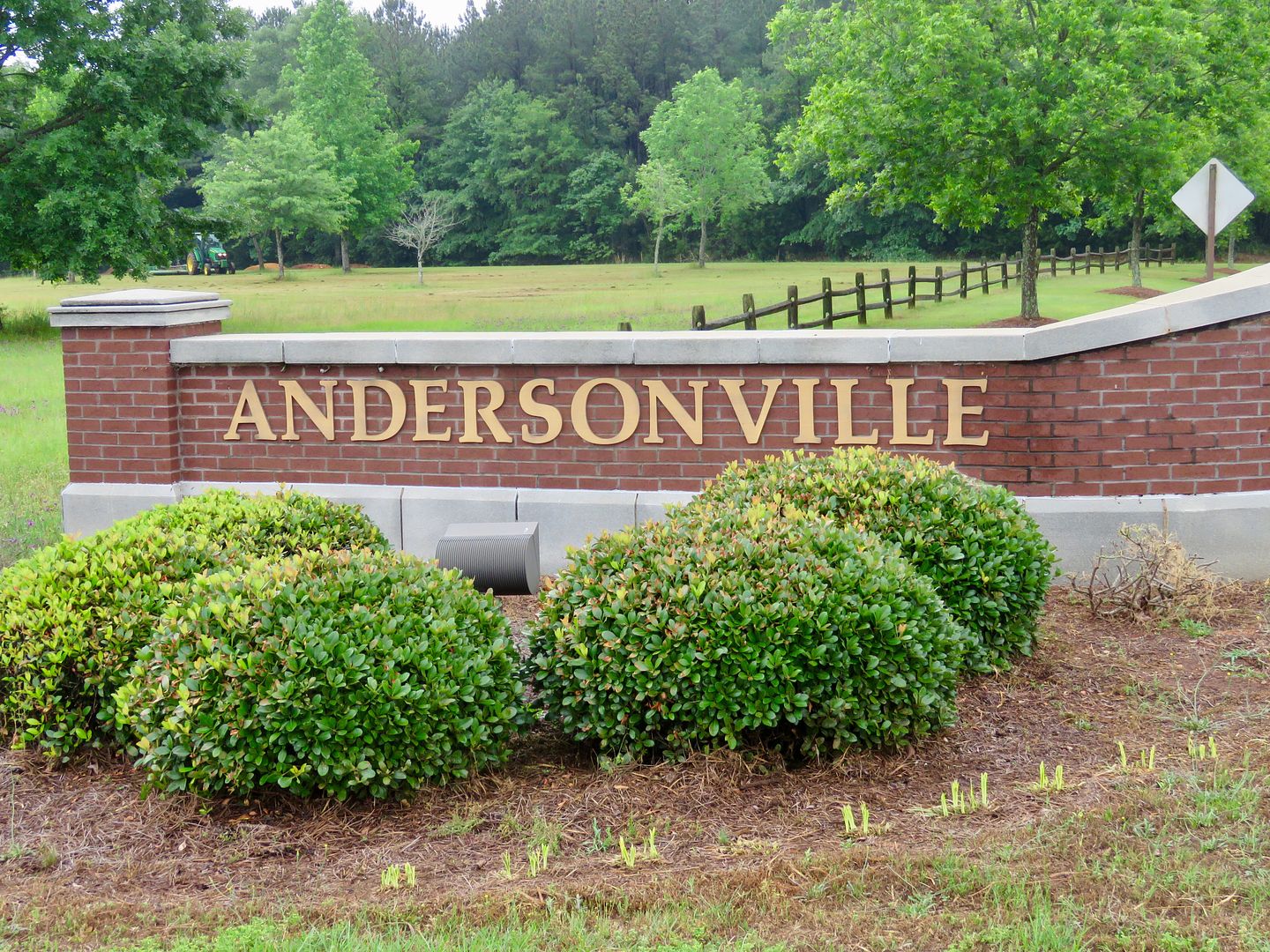
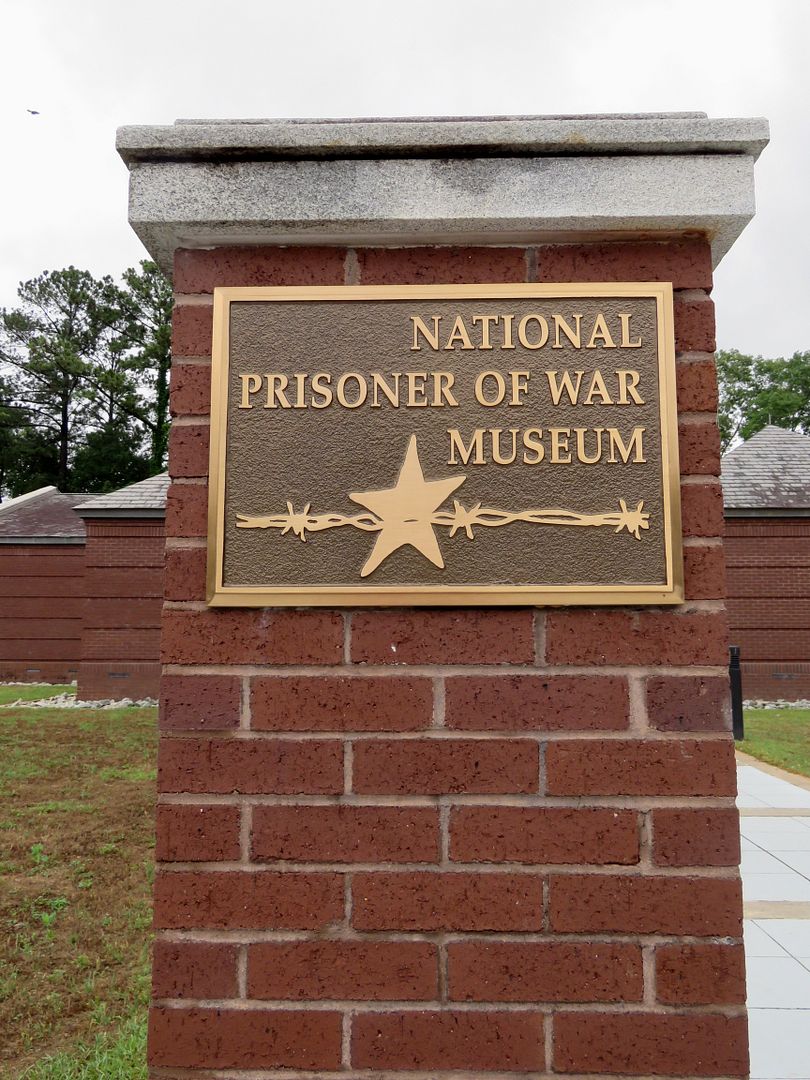
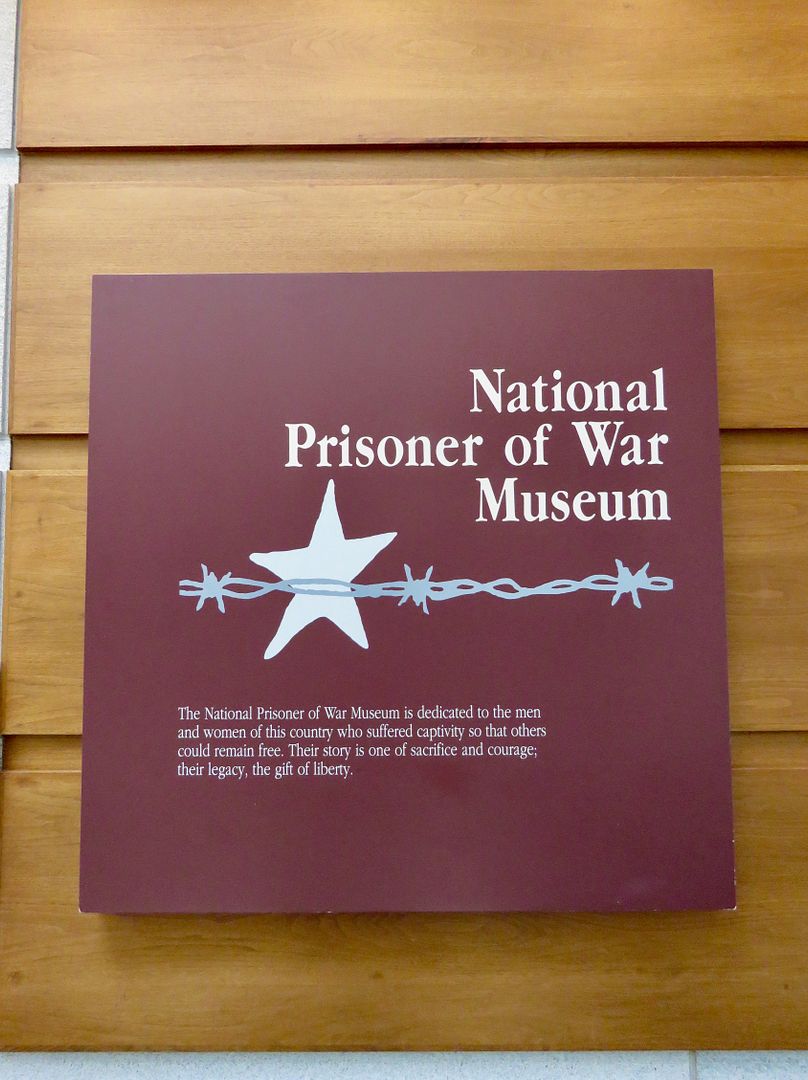
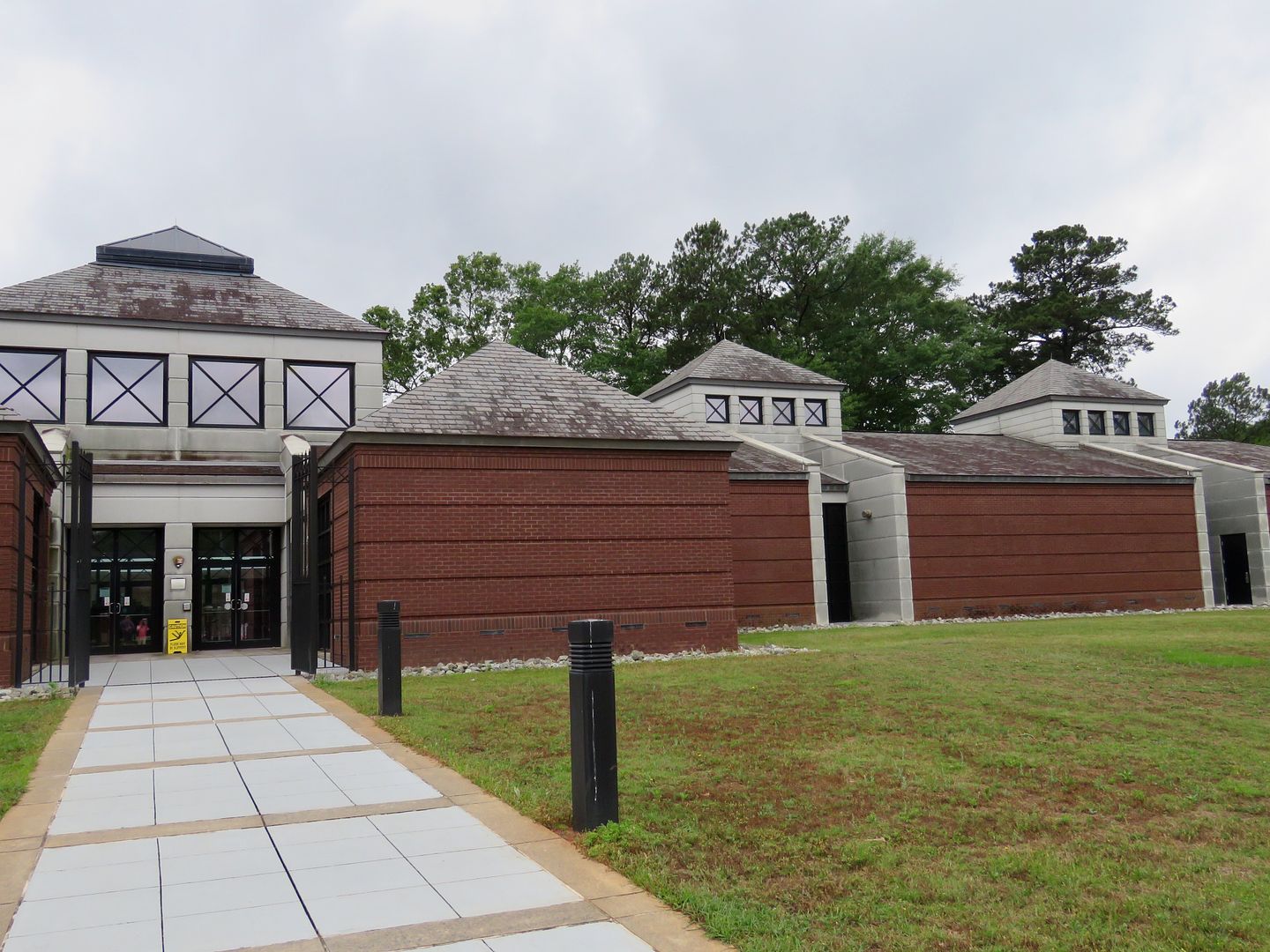
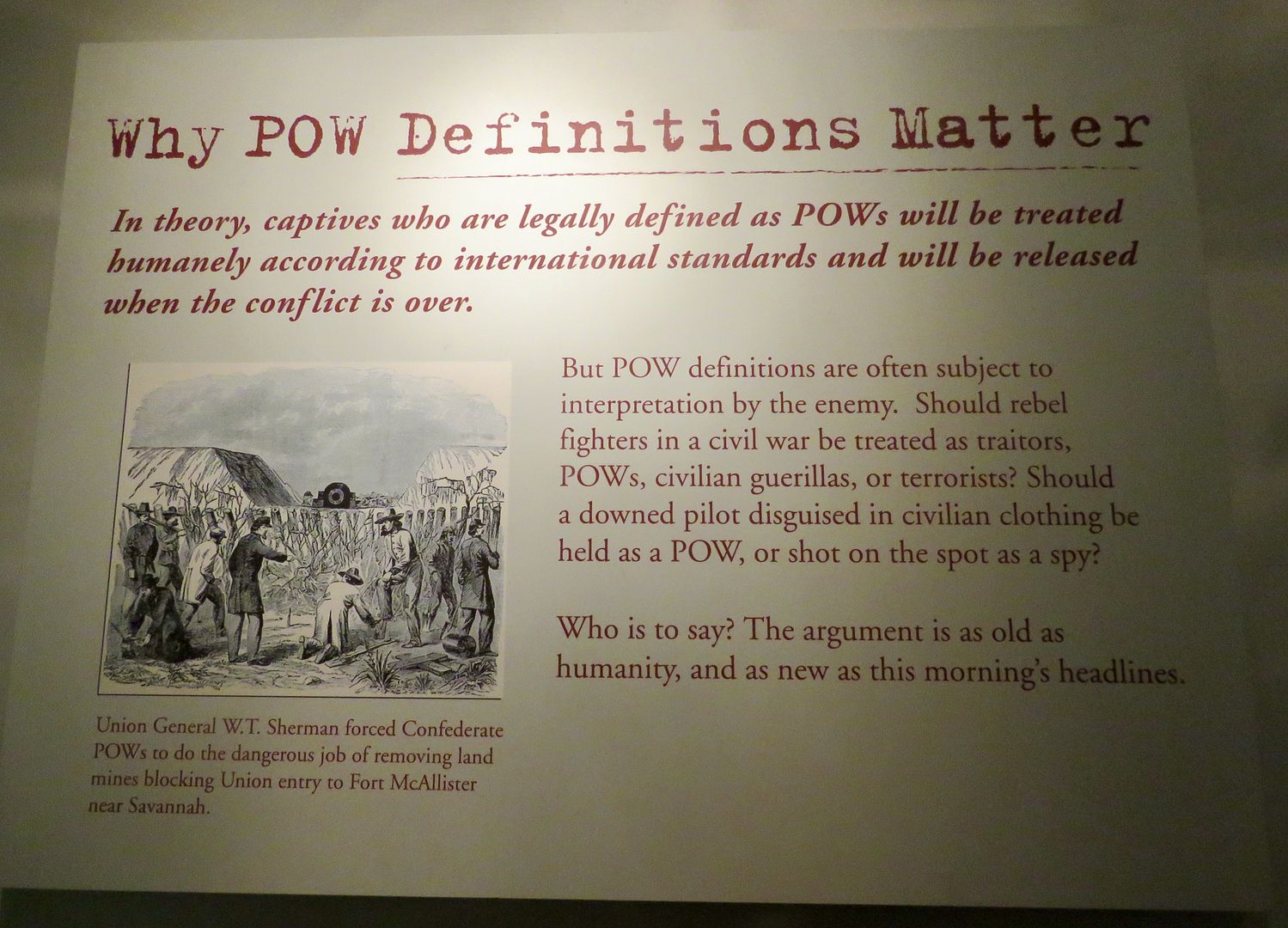


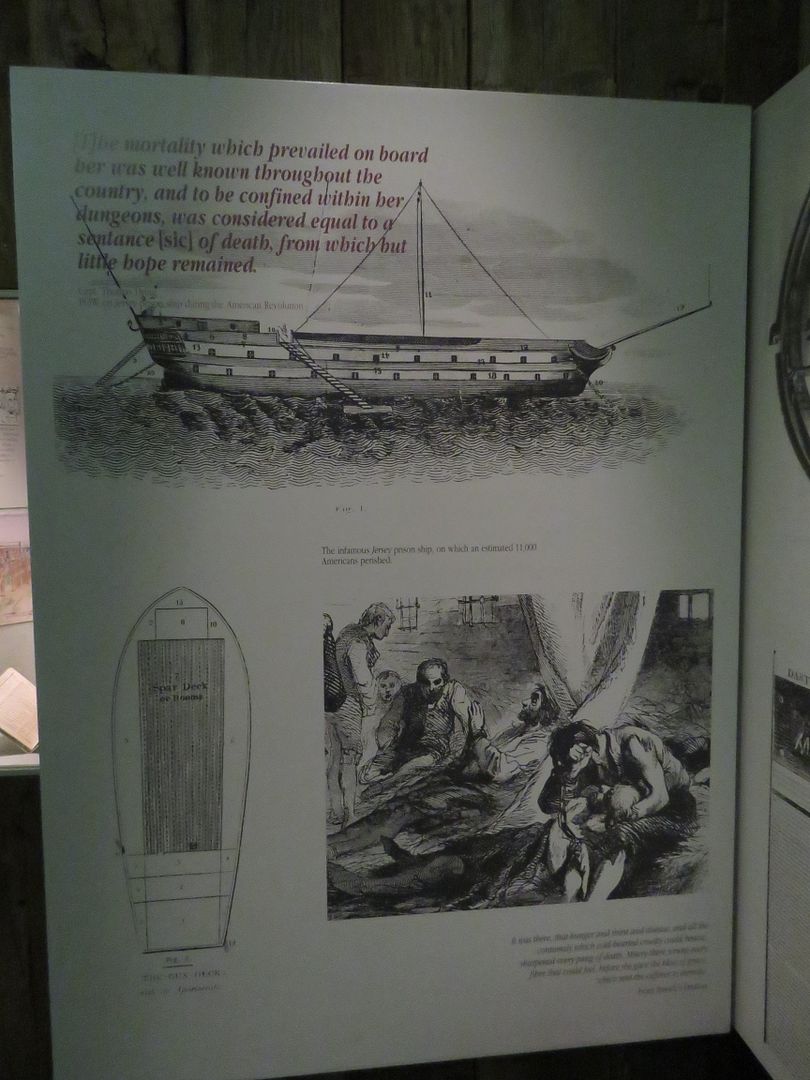


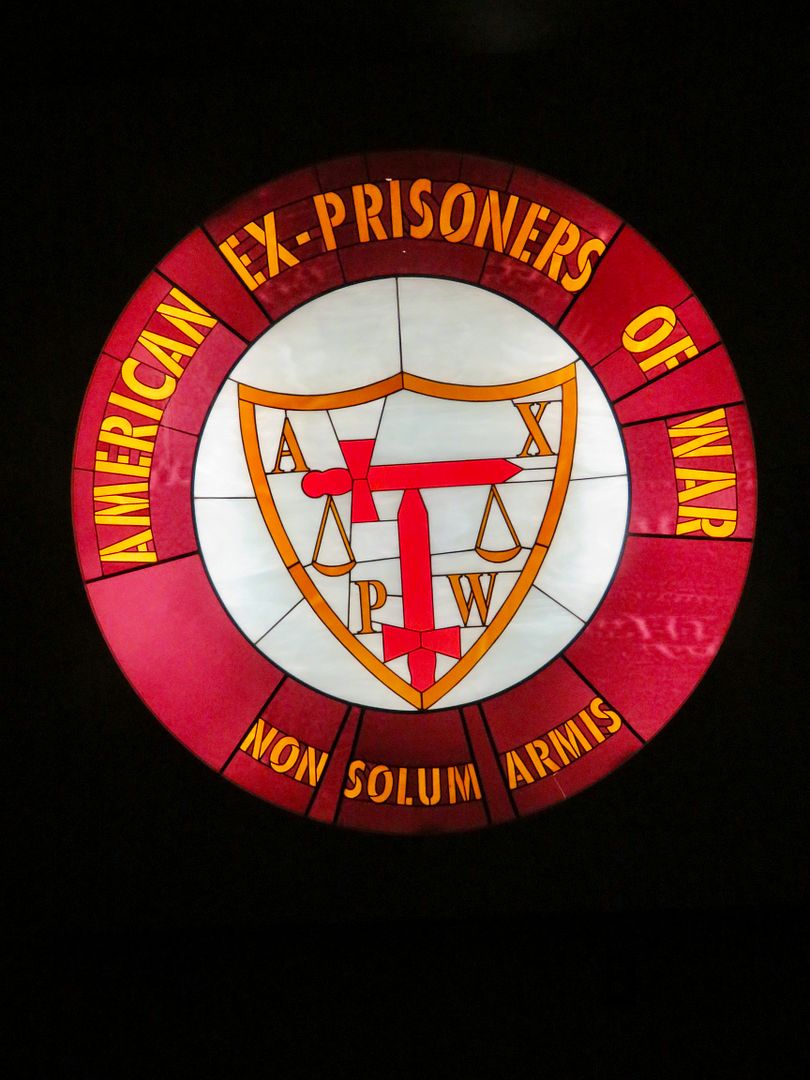
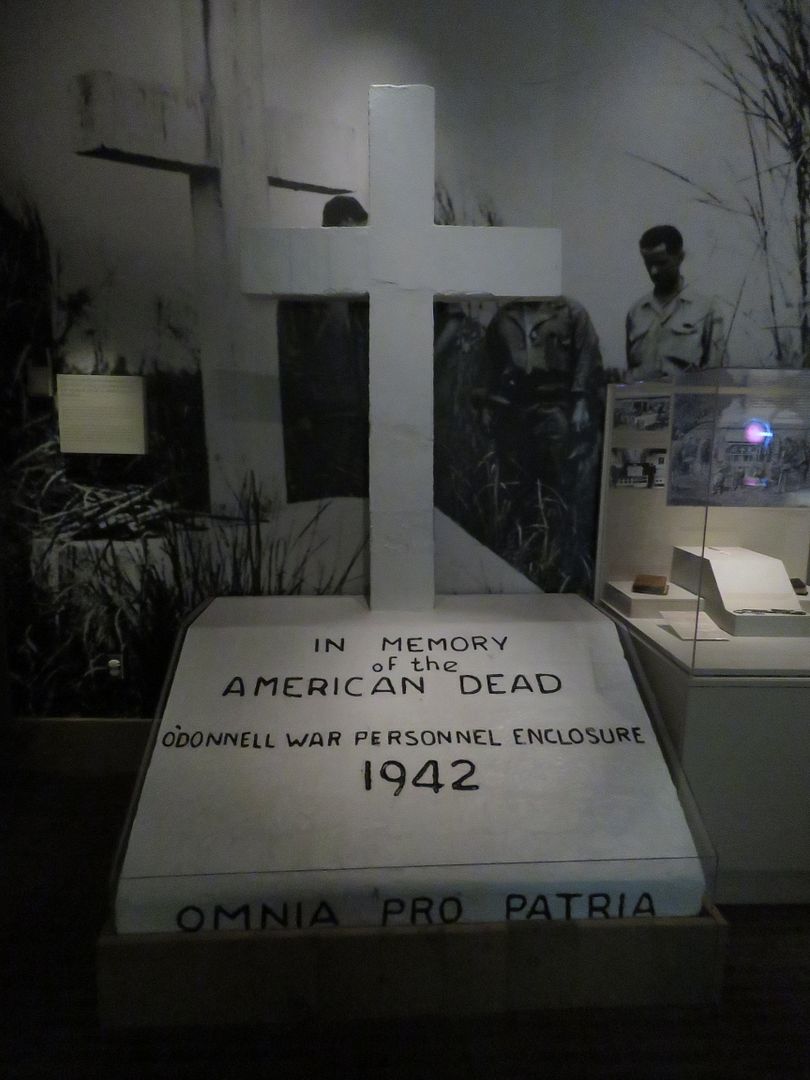

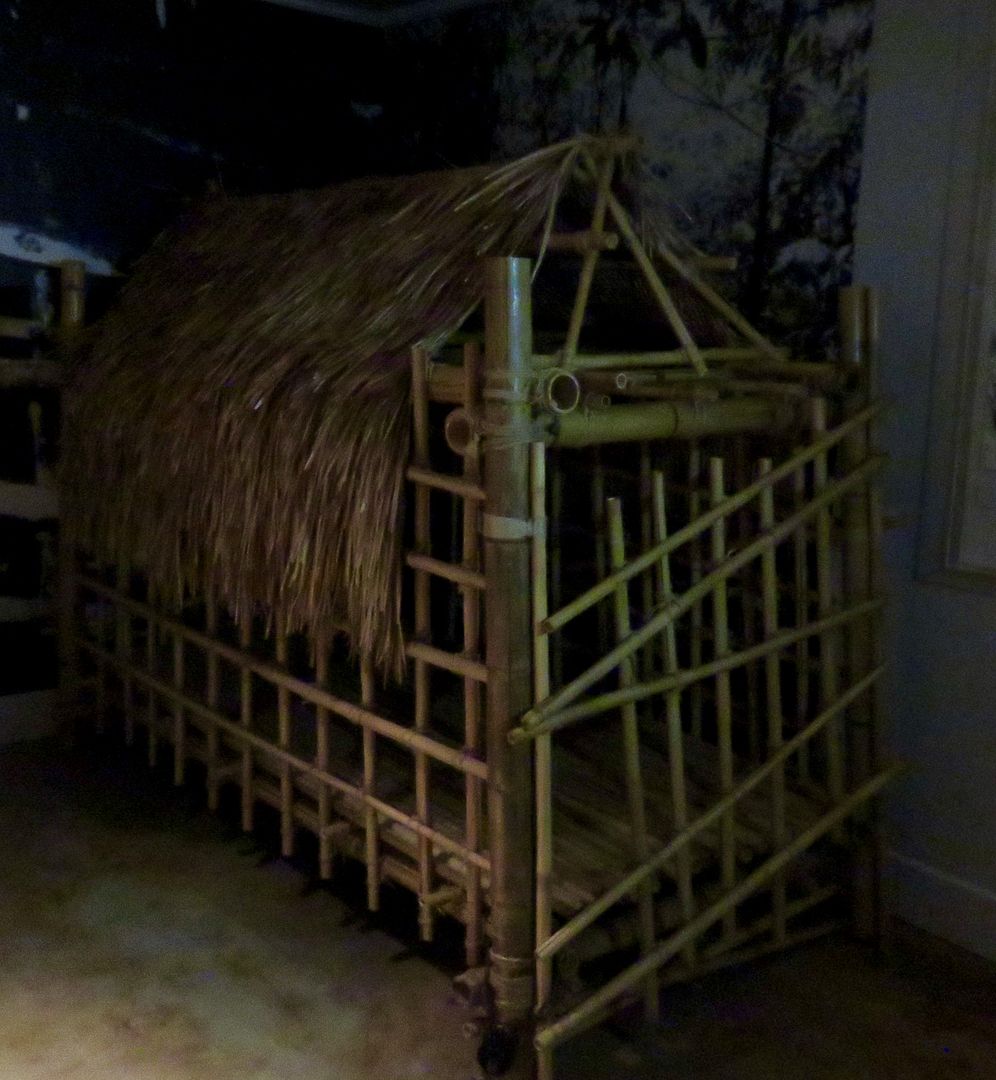
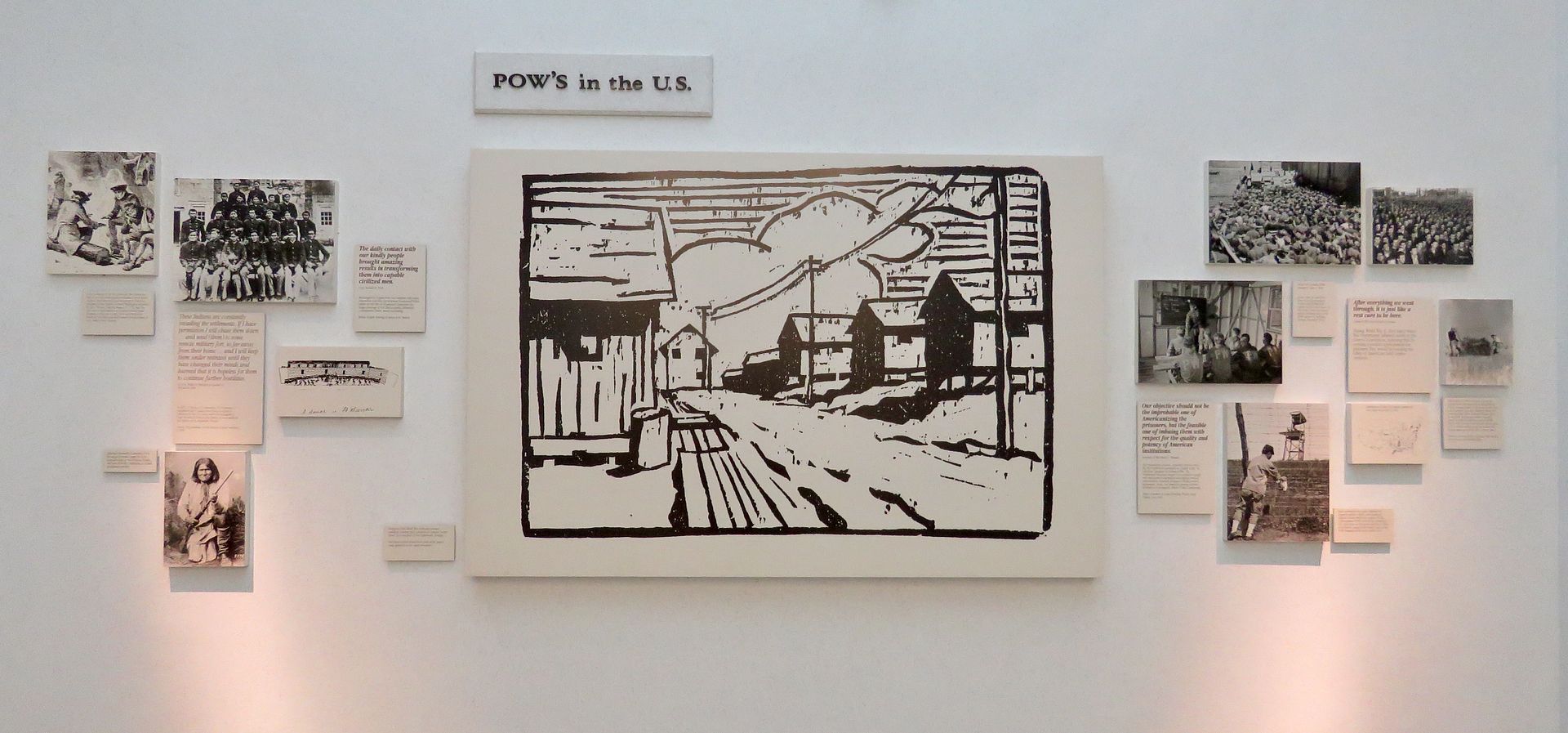
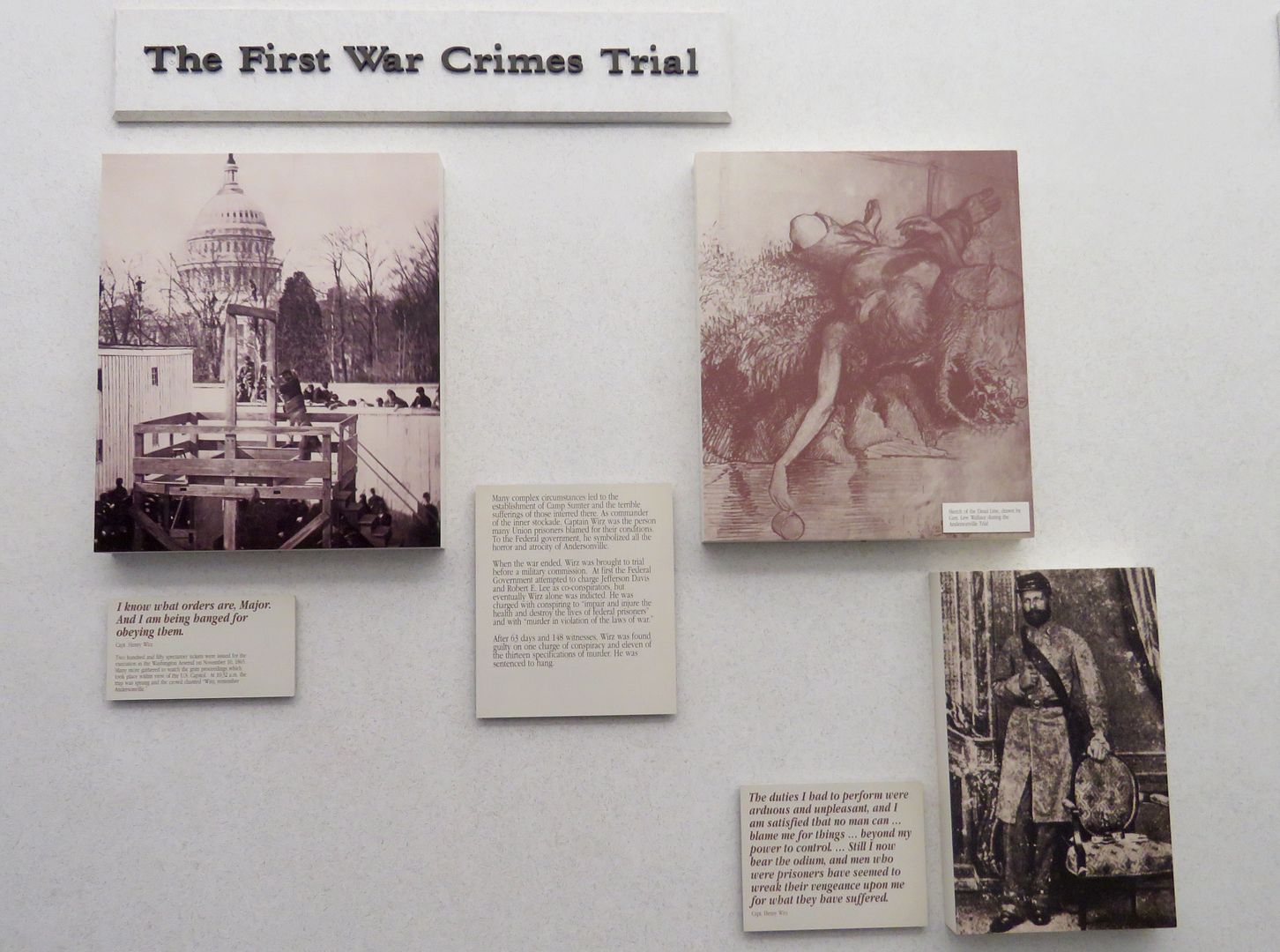


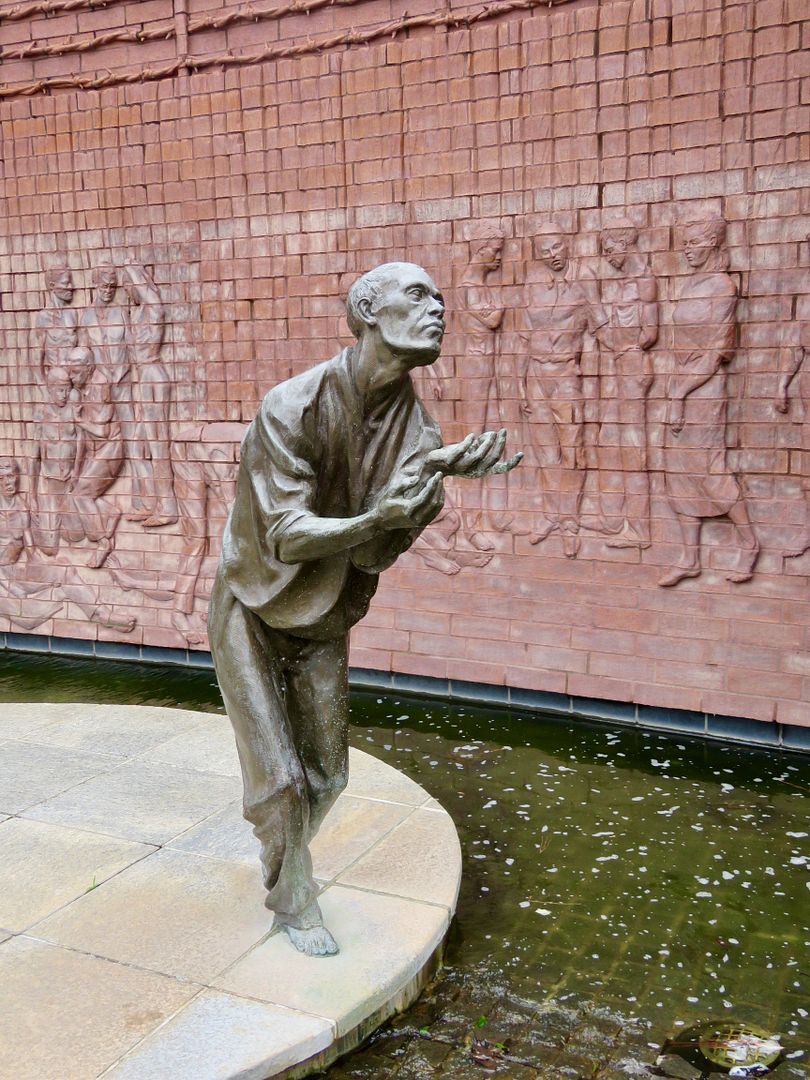
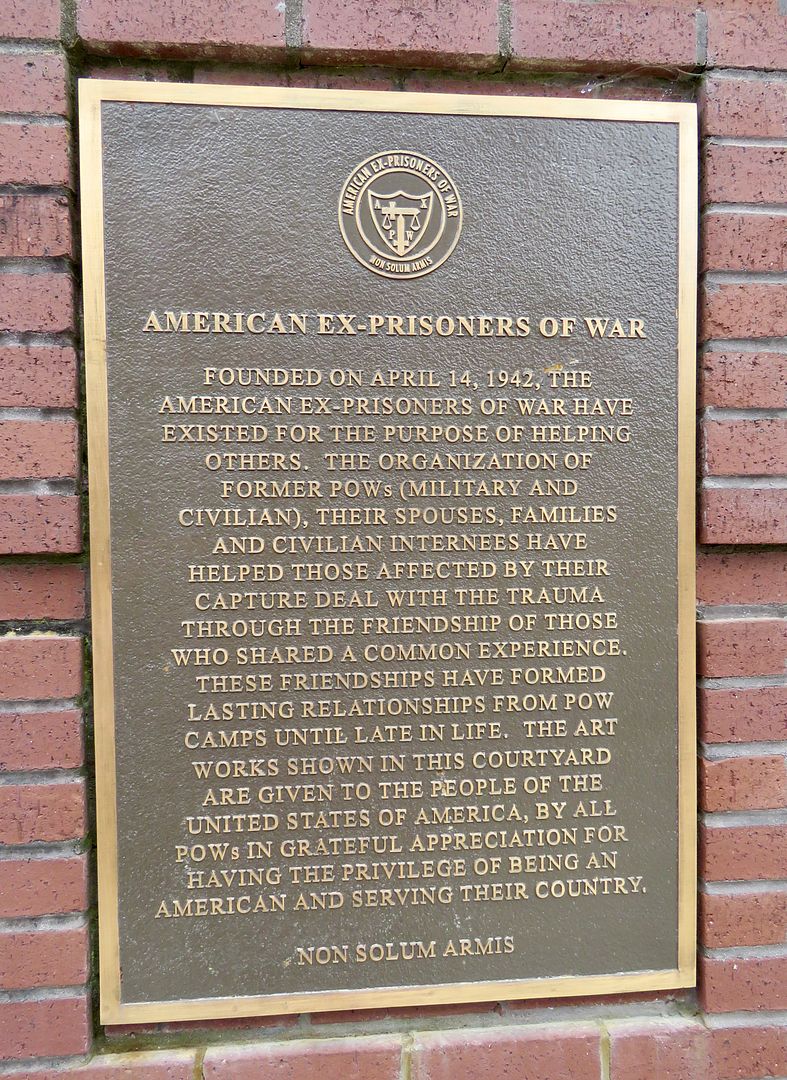
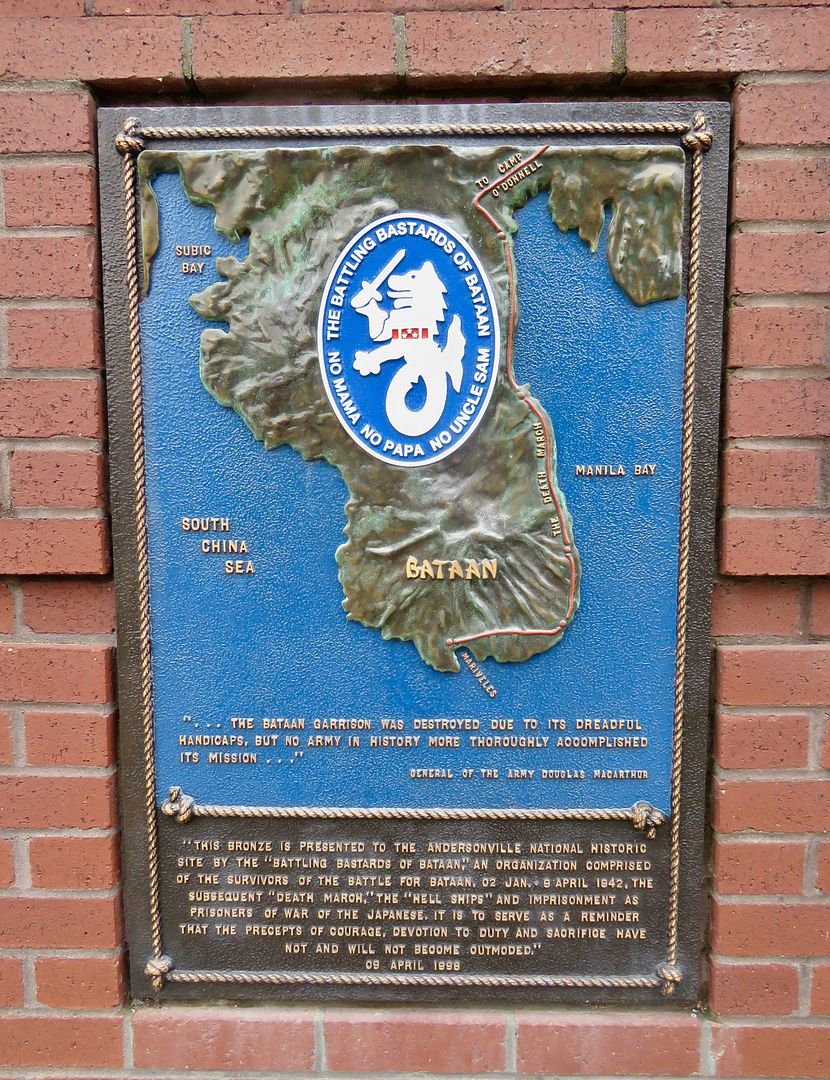
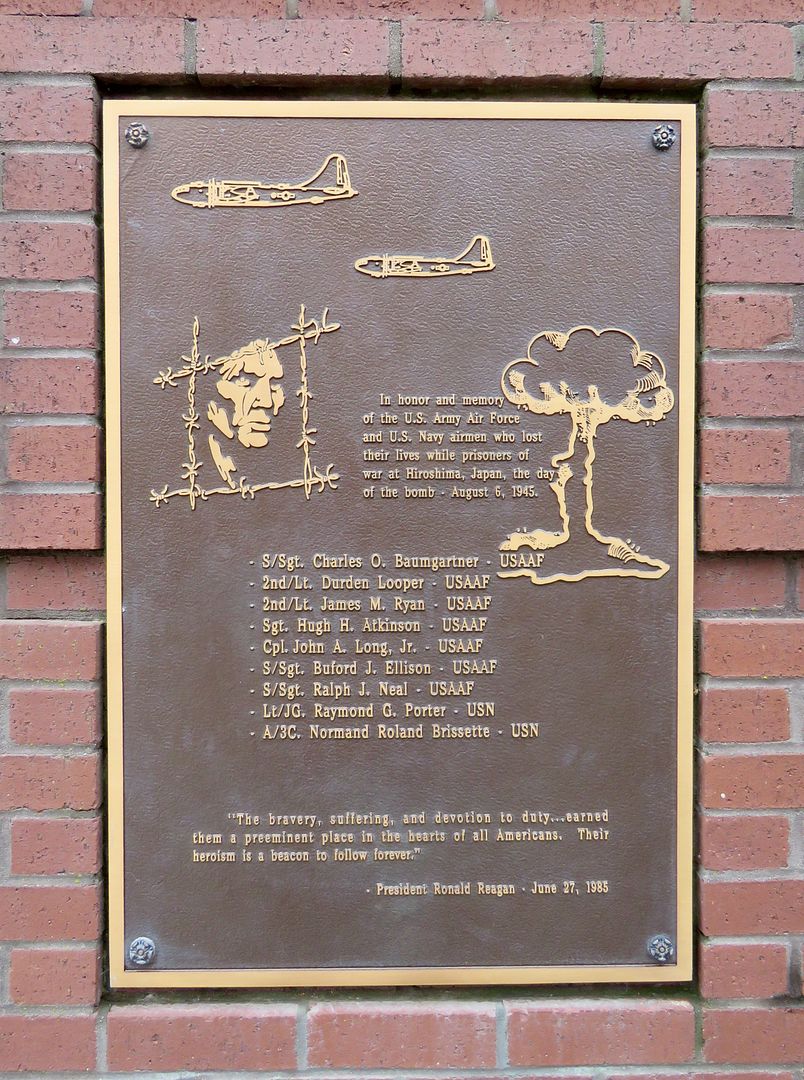

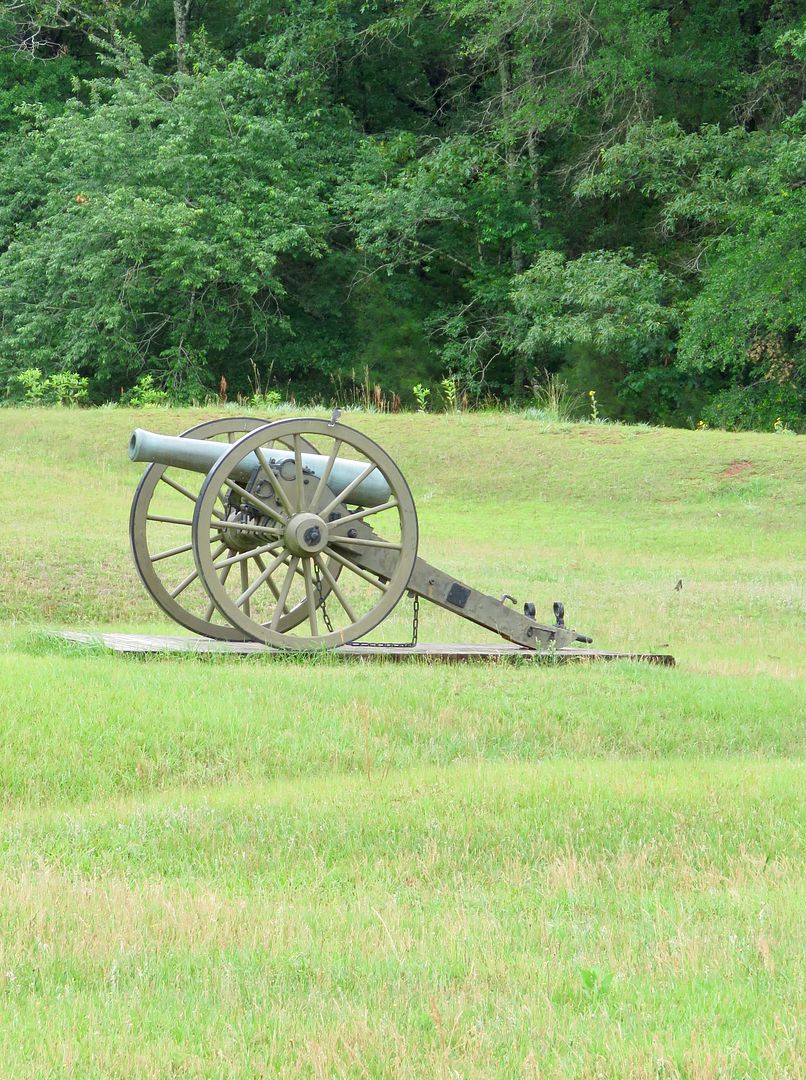
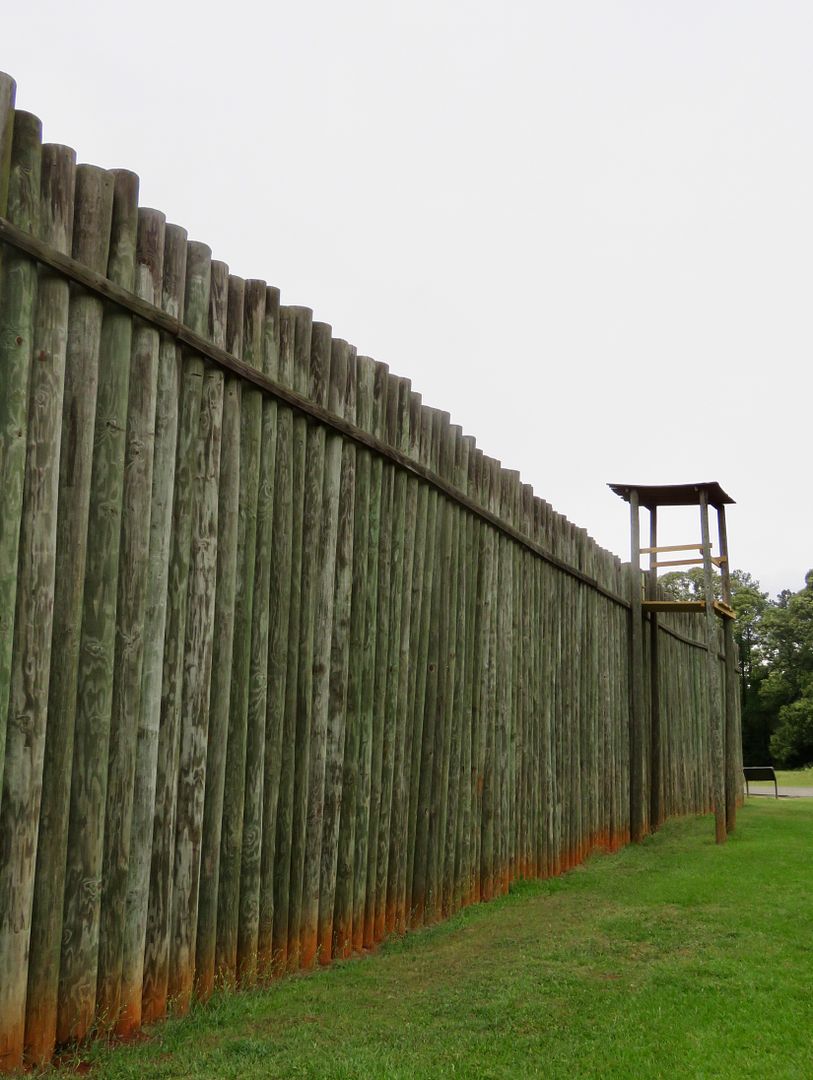


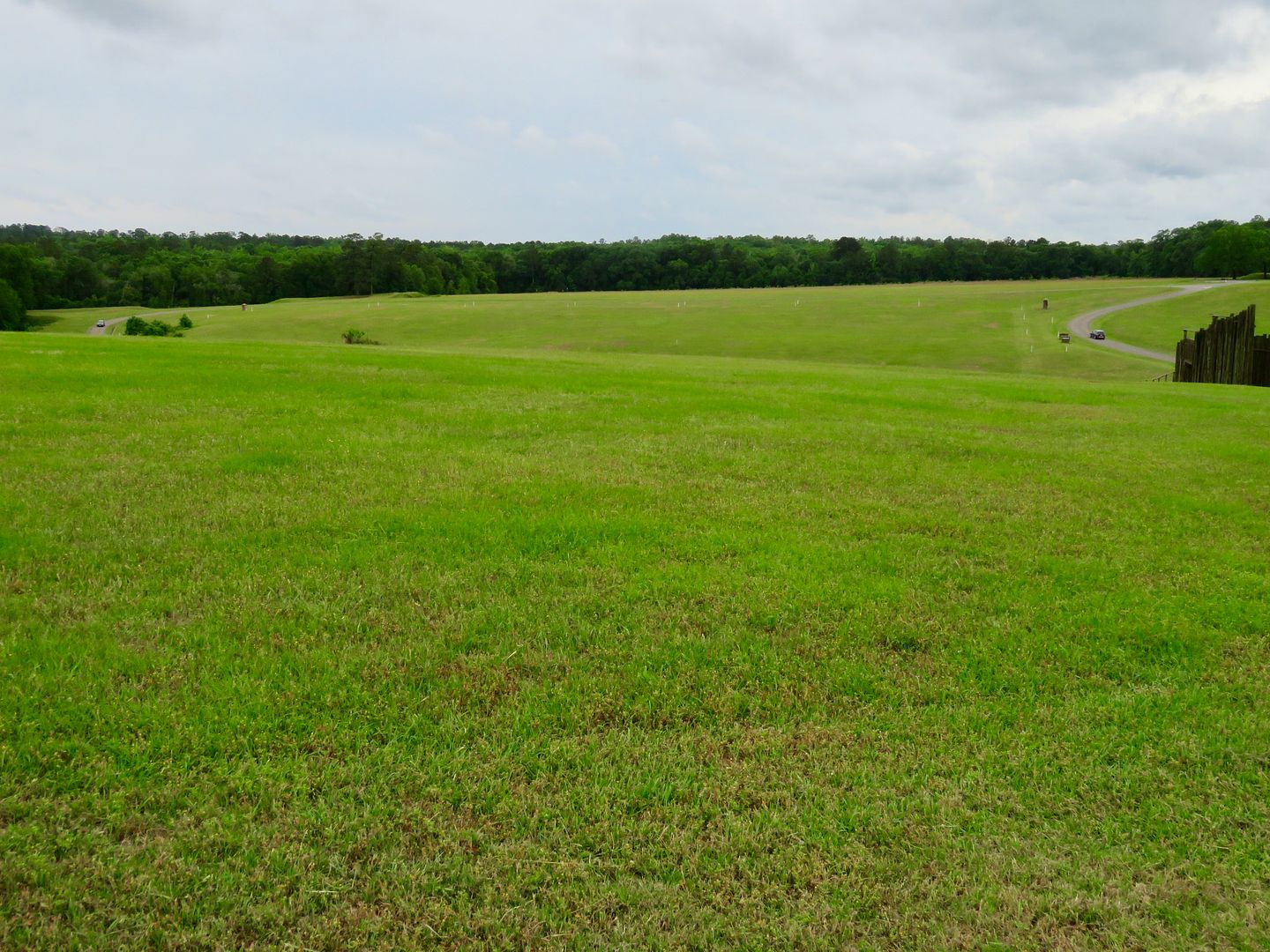
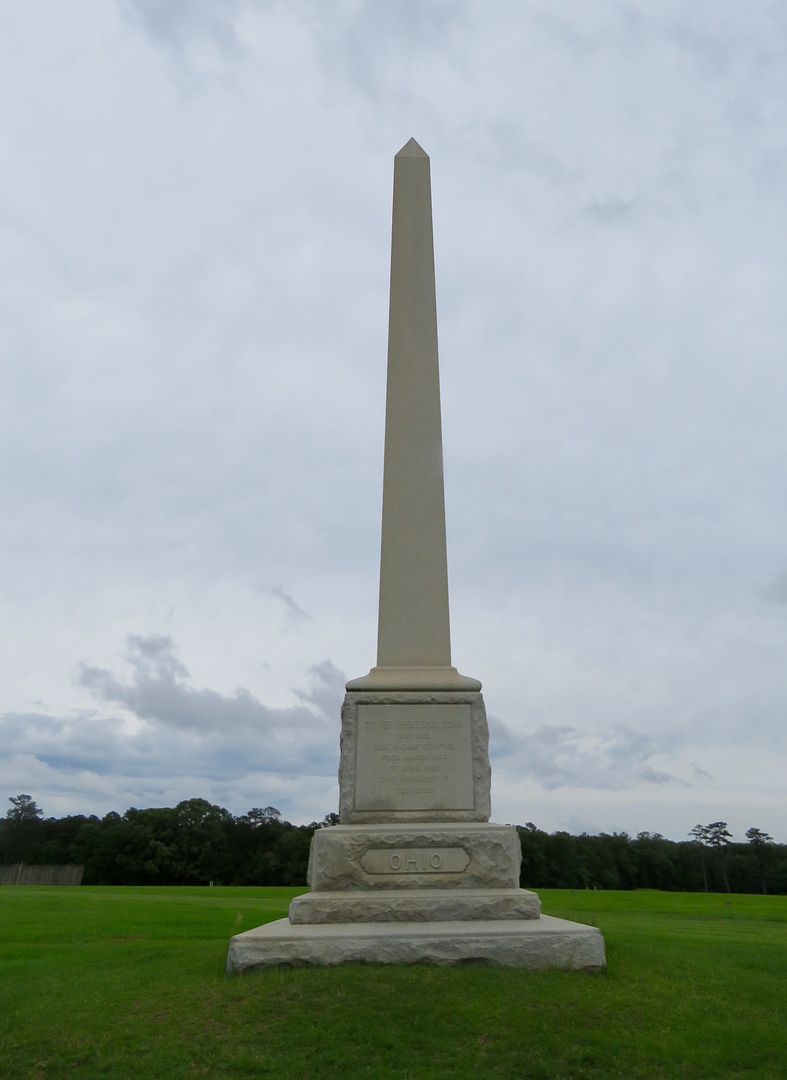
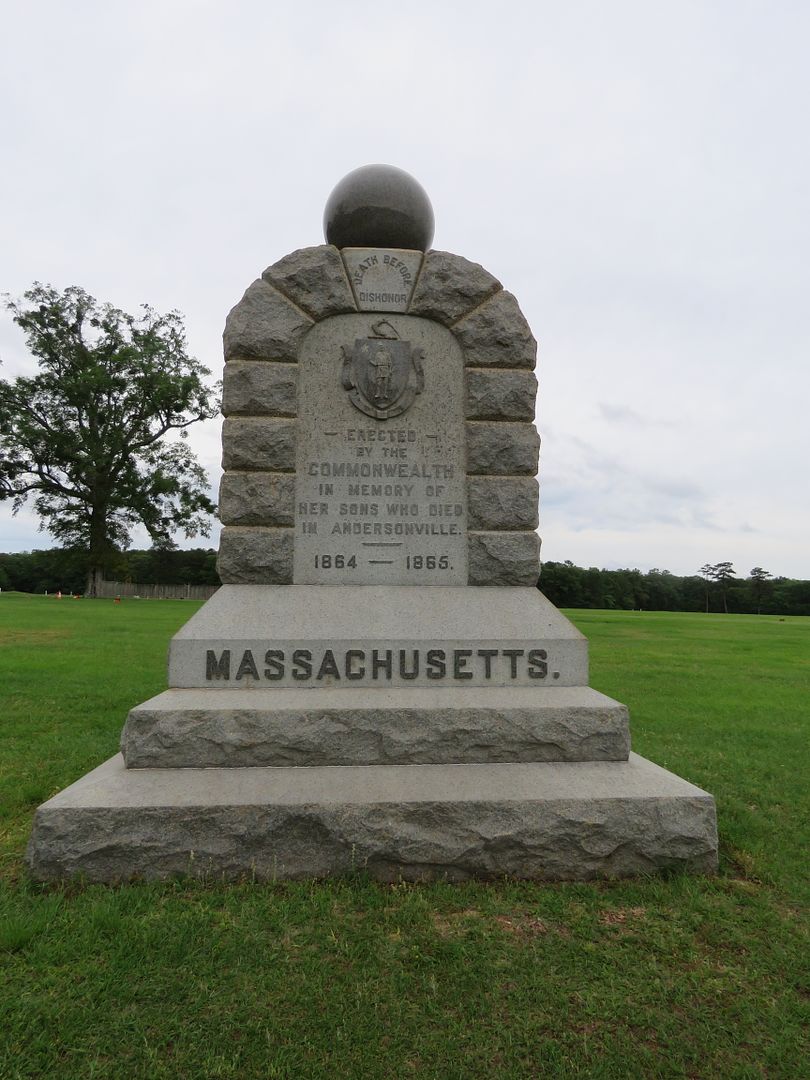
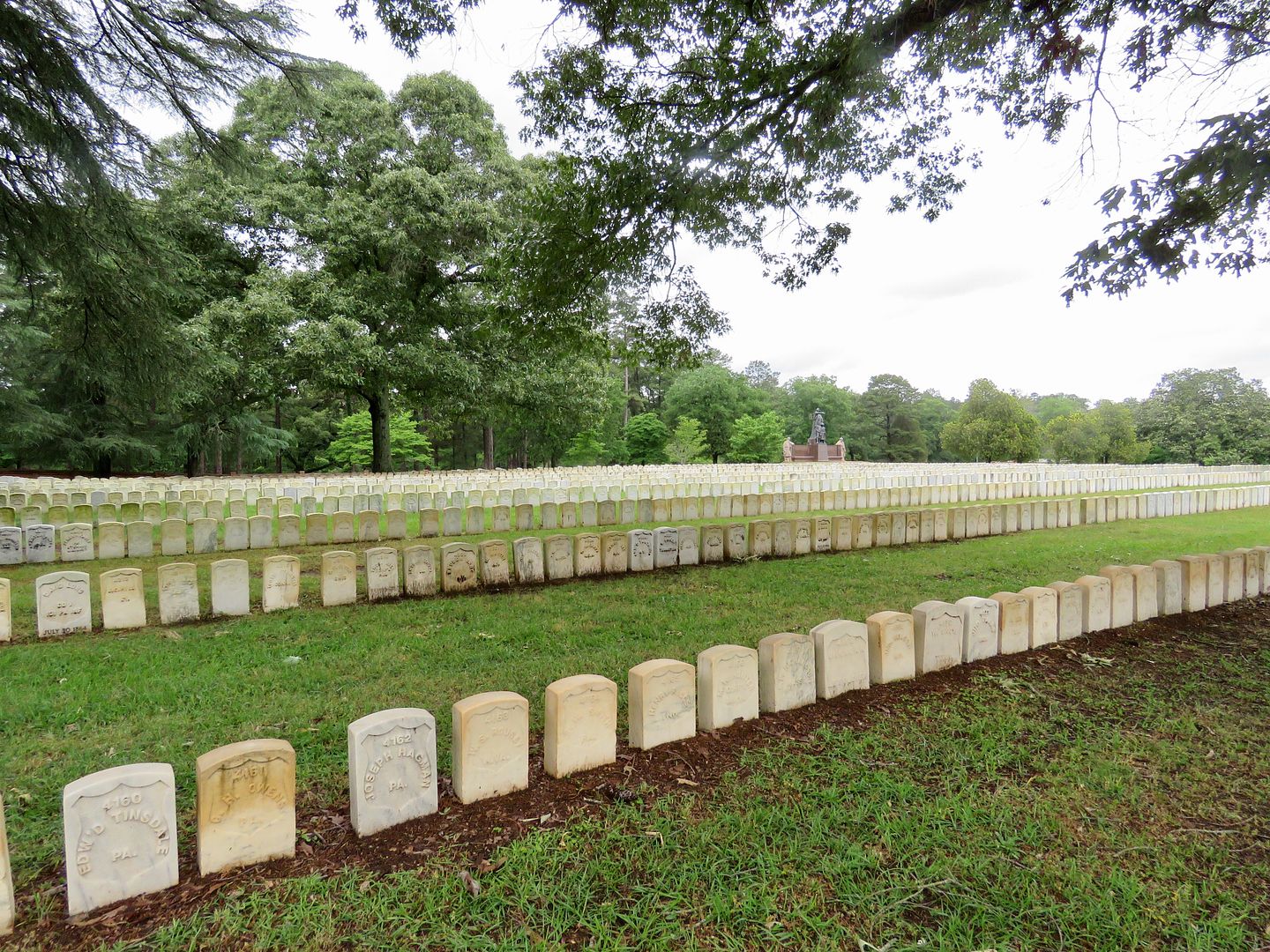

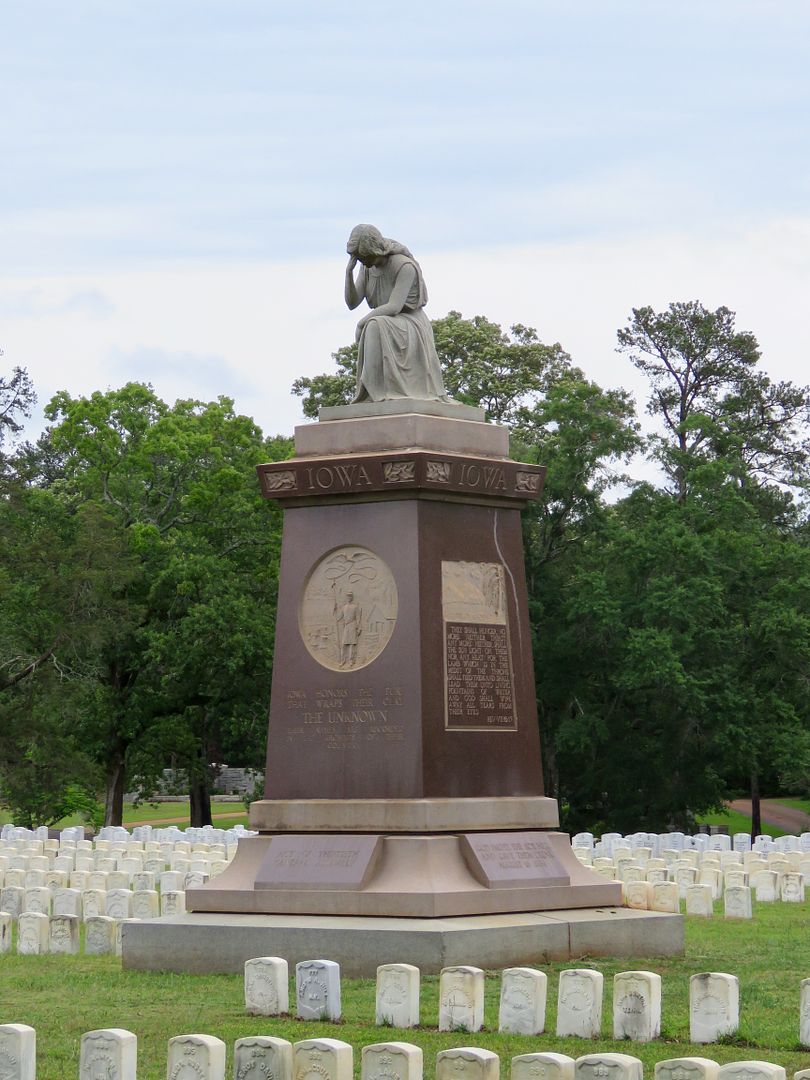



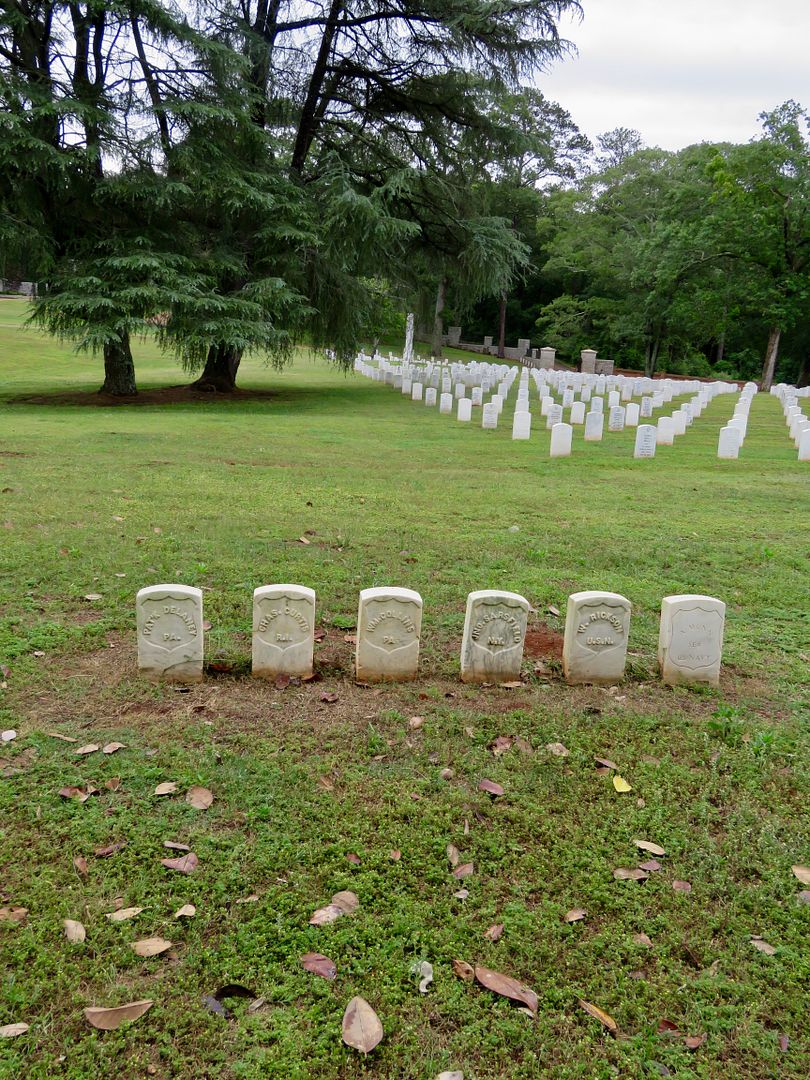
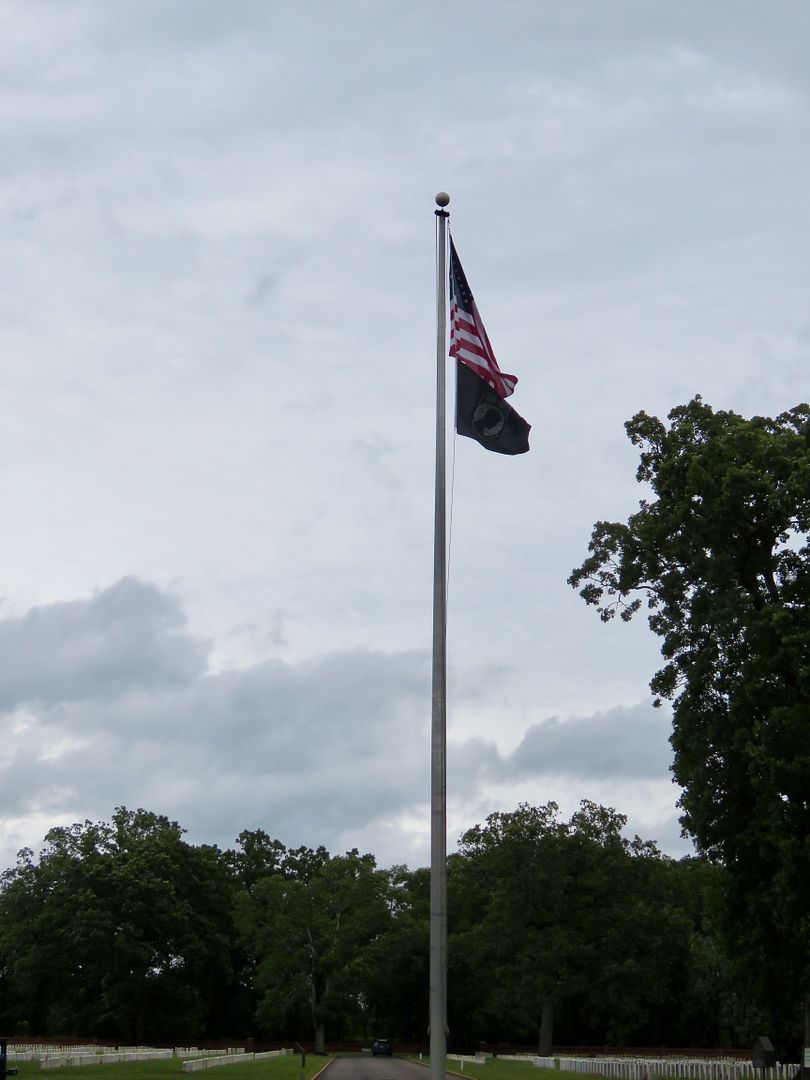
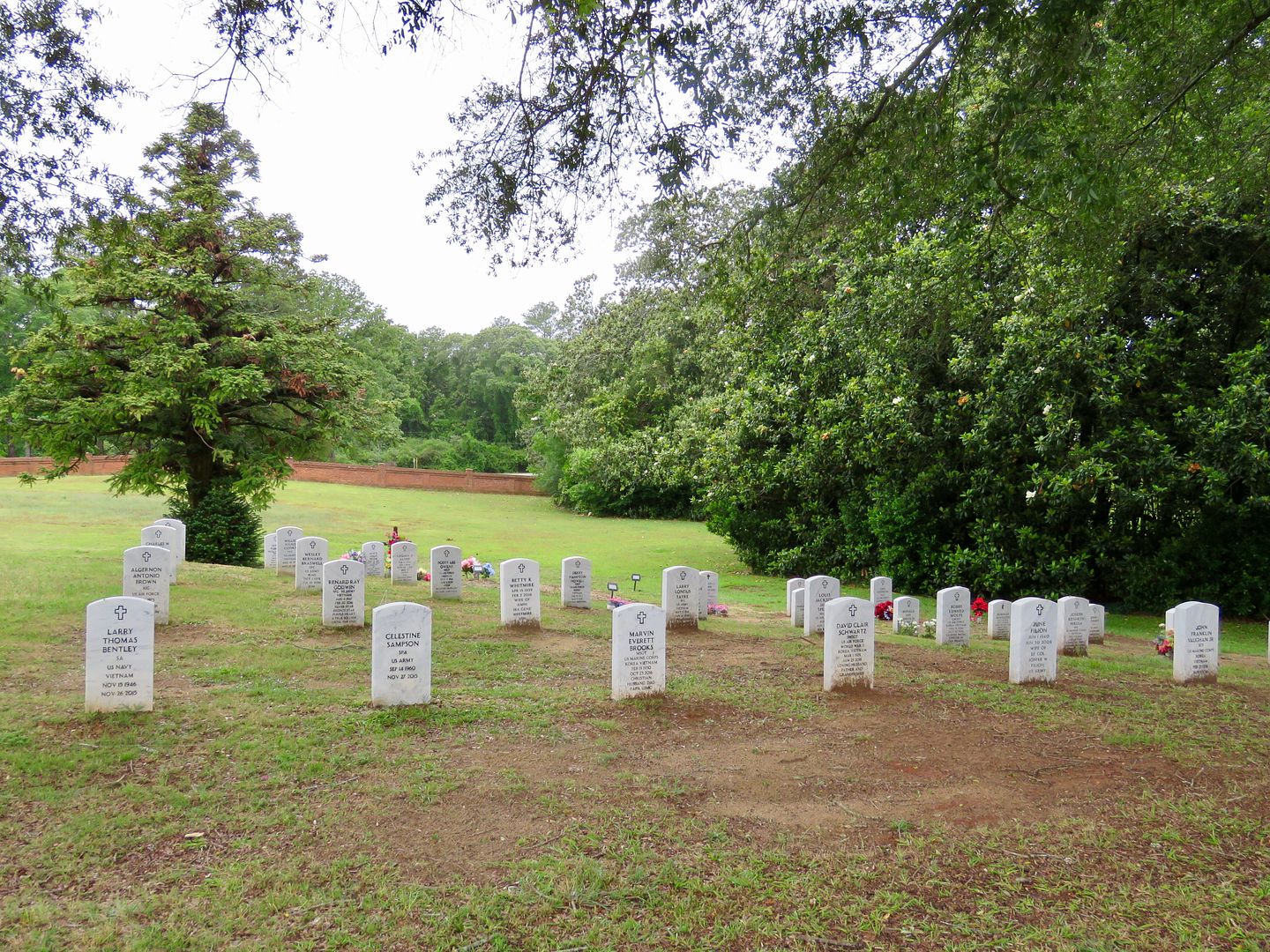


No comments:
Post a Comment